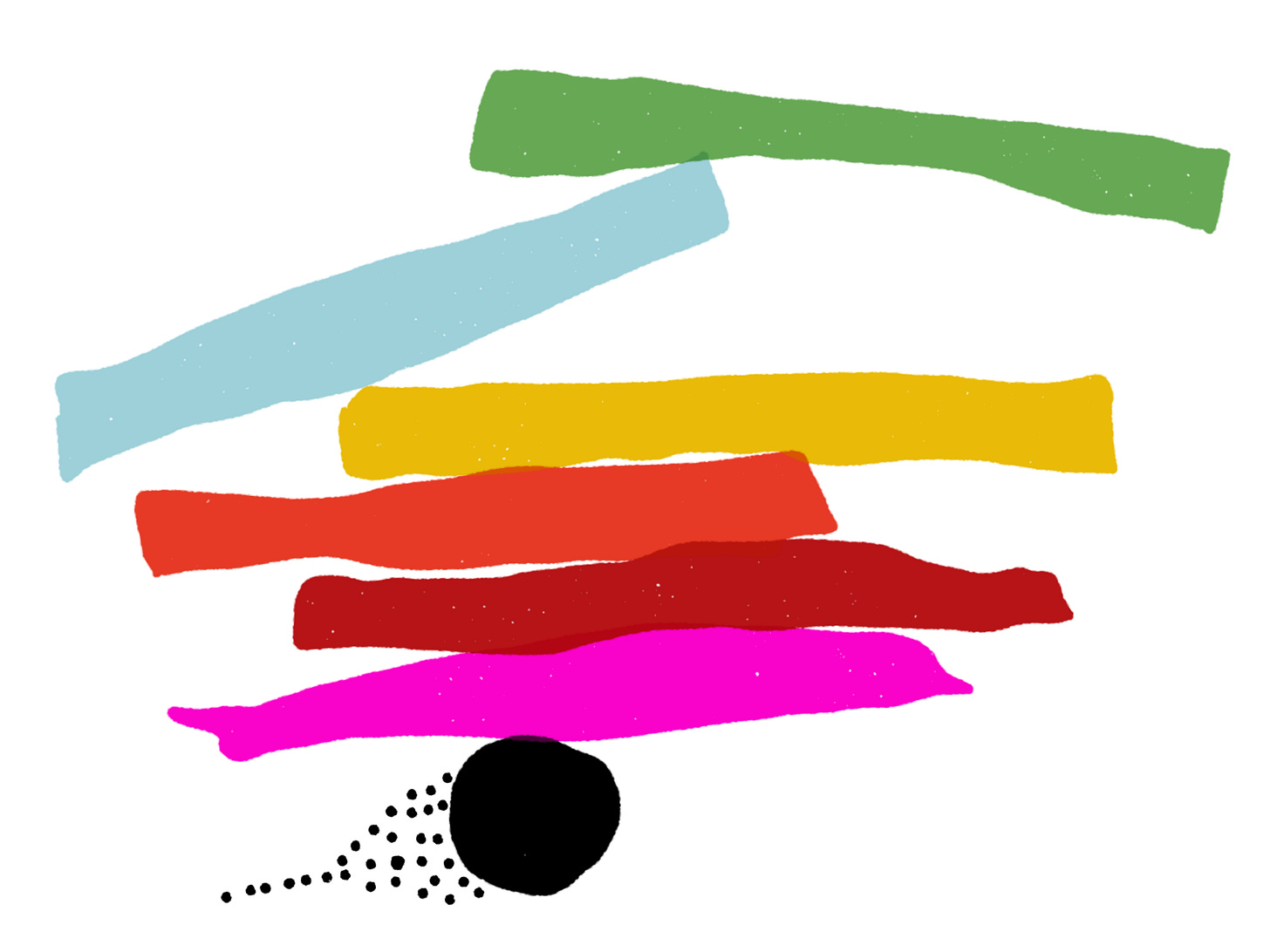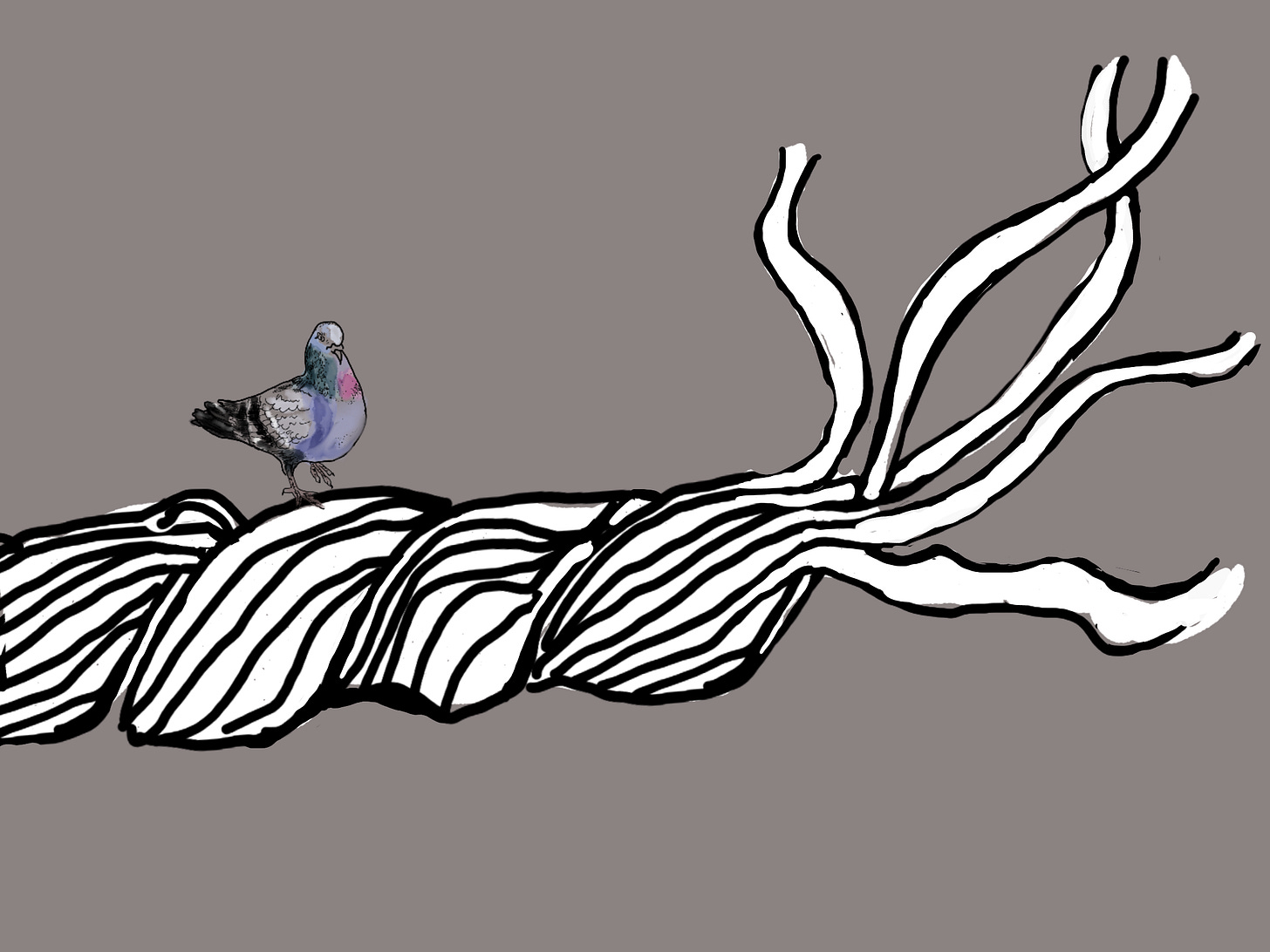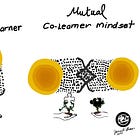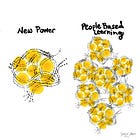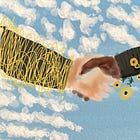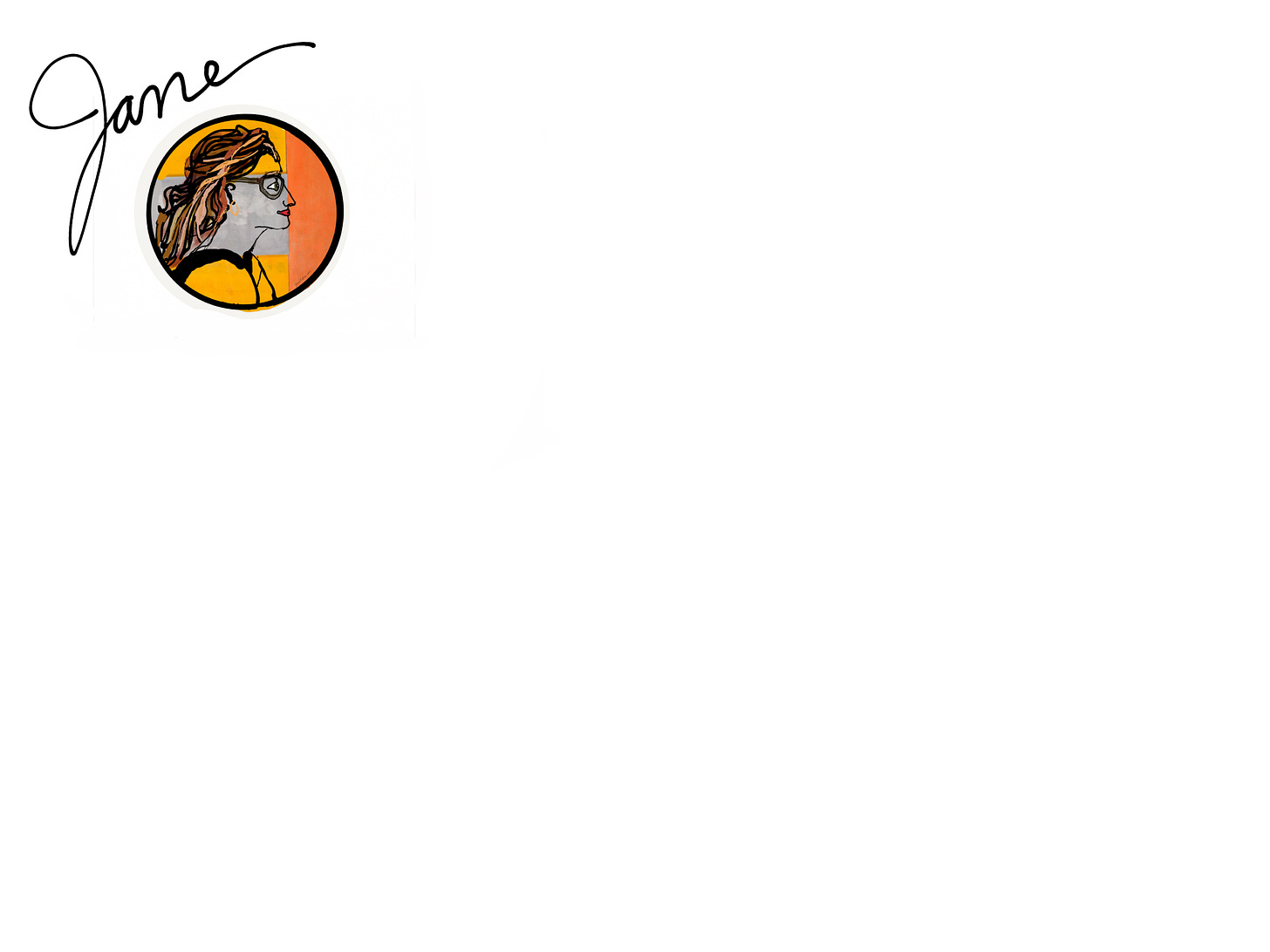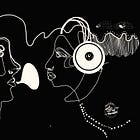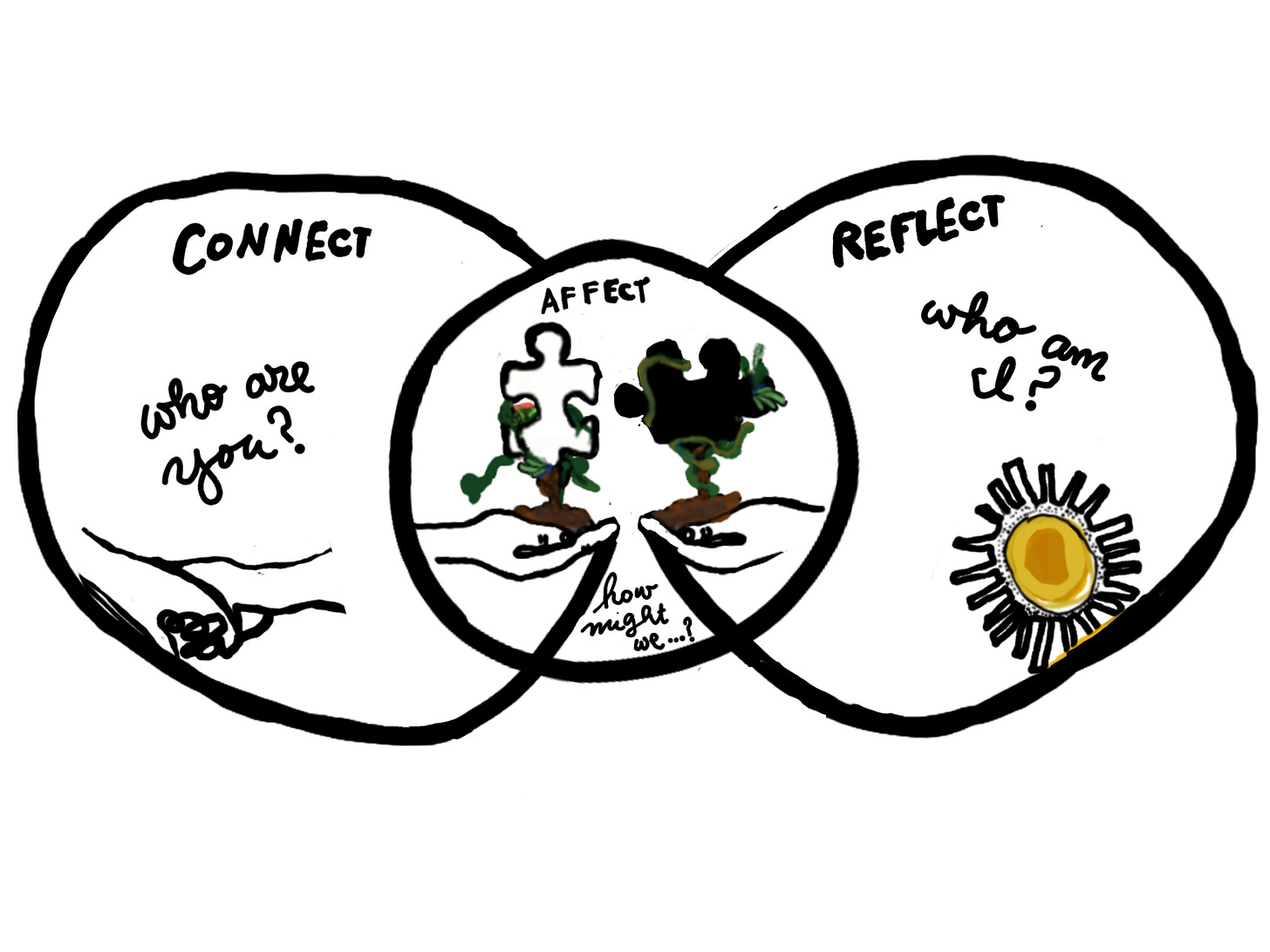(Where) did you learn this?
Undertaught skills in learning settings that are needed in life settings
Dear Readers,
There are many things I never learned well. Some of them I have been calling undertaught skills.
I define undertaught skills as skills that would greatly help us all navigate topics like health care, geography and relationships, but are rarely found in lessons in schools. Things like describing symptoms to a doctor, navigating maps as the passenger on a car ride and maintaining a cool heart while working through conflict.
I (and maybe we all) could really benefit from learning these, but the only time I’ve ever engaged in teaching them was when I was teaching an Adult ESL class to immigrants and refugees new to the United States.
My own list of globally undertaught things is long, but here my top ten:
Perspective Weaving: Going beyond empathy to integrate multiple viewpoints into decisions or creative solutions. This is the work of Cortico.
Sensemaking in Chaos: Reflecting in the midst of ambiguity, rather than waiting for clarity to emerge first. I love this resource on the topic.
Humility + Confidence in Balance: Holding a stance of “strong opinions, loosely held” acting decisively while staying open to changing your mind. I just listened to this podcast with Malcolm Gladwell speaking with Adam Grant. My take away was humility + confidence.
Micro-Leadership: Taking initiative without formal authority, stepping up in small but meaningful ways. A bit more about this idea here.
Relational Risk-Taking: Speaking up, disagreeing respectfully, or sharing vulnerabilities to deepen trust and dialogue. Hard to do, and necessary.
Stewardship Over Ownership: Seeing projects, ideas, or communities as shared responsibilities rather than personal property. See this post.
Comfort with Incomplete Problems: Seeing “messy” problems as opportunities for innovation rather than threats.
Interoception Awareness: Noticing signals from your body (tension, energy, fatigue) as information, not noise. Learning here.
Regulation in Connection: Staying grounded while in emotionally charged or high-stakes conversations. I am working on this, with resources here.
Patience with Slow-Burning Work: Appreciating long-term growth and delayed gratification in a fast-results culture. PeBL, the book, as an example.
These are the People-Based Learning skills that would benefit from a little instruction, or practice. Undertaught, and worthy of our attention.
So this post is, in part, a love note to the undertaught.
Let’s go.
The Big Idea
The undertaught things I’ve started to accumulate lists of, I realize, are some of the most consequential skills for modern life. And they are left to chance.
We have whole school systems for fractions and cell division, but the skills that might be called the infrastructure of life, the skills that help us
read the room,
find our way through messy problems, and
talk to each other when we disagree,
often go unspoken.
Some edu-scholars have called this the “hidden curriculum”. It’s the stuff kids are supposed to pick up along the way: how to collaborate, take initiative, or disagree without losing the relationship.
But research keeps showing what common sense tells us: when these things don’t get named, they often don’t get learned. Social and emotional skills, for example, things like emotional regulation and perspective-taking, don’t just make kids “nicer.”
The ability to hold multiple viewpoints without collapsing into confusion or cynicism is the foundation of democratic life. (Where) did you learn to do this?
Neuroscientists like Mary Helen Immordino-Yang keep reminding us that emotion and cognition aren’t separate tracks: “We feel, therefore we learn.”
Interoception, the skill of noticing our own internal signals like tension, fatigue, or excitement, is now being studied as a foundational life skill, not just a wellness perk. (Where) did you learn this?
And self-regulation? It predicts health outcomes, finance, academics and career success.
Put all this together, and the message is clear: these skills, habits, and dispositions shape how we lead, learn, and live. When I call them “undertaught,” what we really mean is that they’ve been left in the margins for too long.
Making Big Ideas Usable
Noticing undertaught skills is the first step.
But noticing alone doesn’t change much. The next move is making them visible, learnable, and, most importantly, practice-able.
The PeBL model fits here. Connect. Reflect. Affect.
Researchers like Anne-Laure Le Cunff talk about “tiny experiments,” little low-risk ways to build new habits without overhauling your whole life. Jame Clear talks about this as well, as Atomic Habits.
This is what we need.
Want to get better at perspective-taking? Start small. Try asking one extra question before offering your own opinion in a meeting. Psychologists call this a “perspective-getting” habit, and it’s been shown to improve collaboration and even civic reasoning over time.
Name it aloud, too. Label a skill as “undertaught” when you notice it missing. Educators have long known that what gets named gets learned, the hidden curriculum work made that clear decades ago.
And integrate it into everyday spaces rather than creating a new curriculum for it. A field trip becomes a navigation lab. A team meeting turns into a respectful disagreement exercise. Social-emotional learning studies show that when these skills get folded into real-life contexts, they stick, and they boost academic outcomes, too.
Finally, share the stories. Neuroscience tells us our brains actually process narratives differently; stories spark empathy, memory, and even action in ways lectures can’t.
A little plug of JOY: I am so thrilled that Mary Helen Immordino-Yang has agreed to be on the upcoming School of Thought podcast. You’ll hear directly from her on the podcast that’s brewing. Her work has laid the foundation, teaching us that a well-told tale of trying, failing, and eventually figuring it out can be a masterclass in micro-leadership or relational risk-taking.
Undertaught skills are everywhere, waiting for attention.
Name them. Experiment with them. Fold them into daily life. Tell the stories.
That’s how invisible infrastructure becomes visible capability. That’s how the things we once left to chance become part of the way we teach ourselves, and each other, to live.


